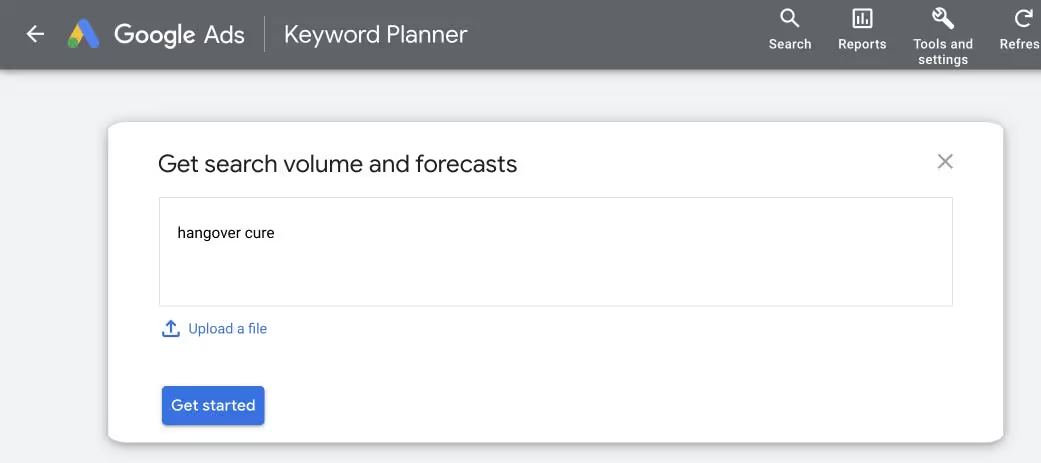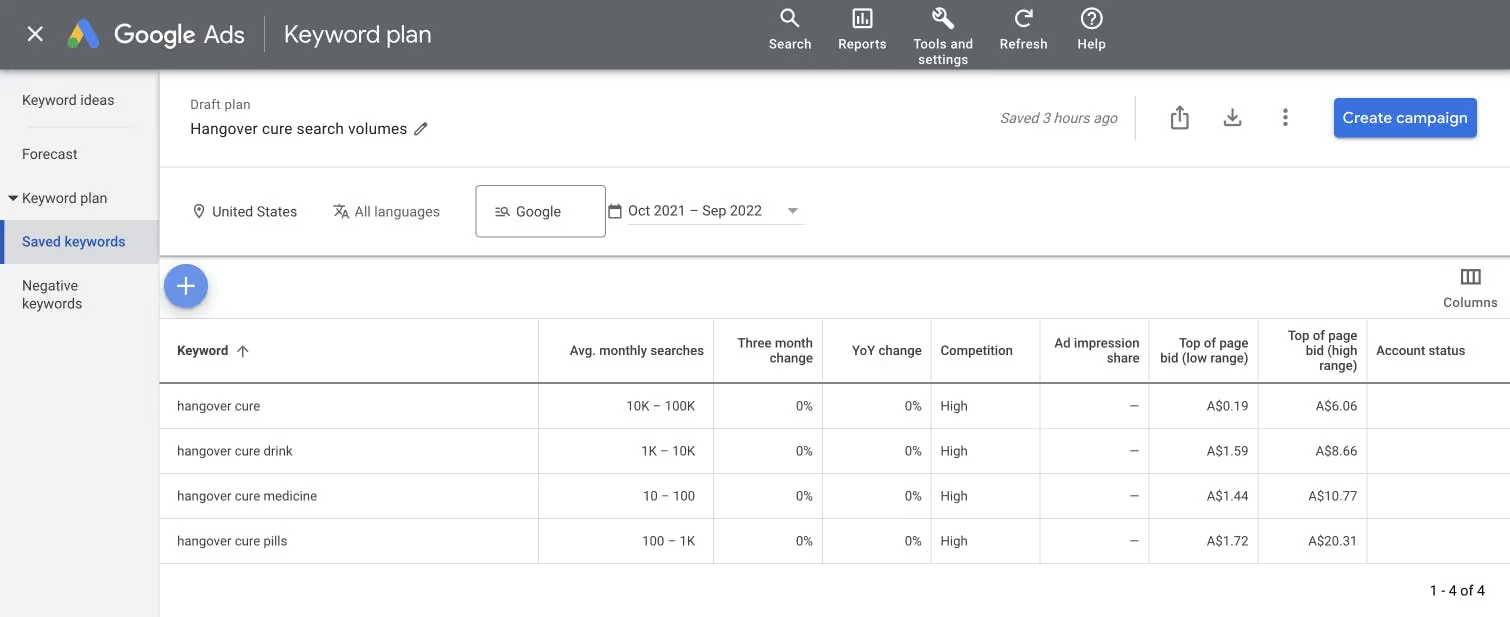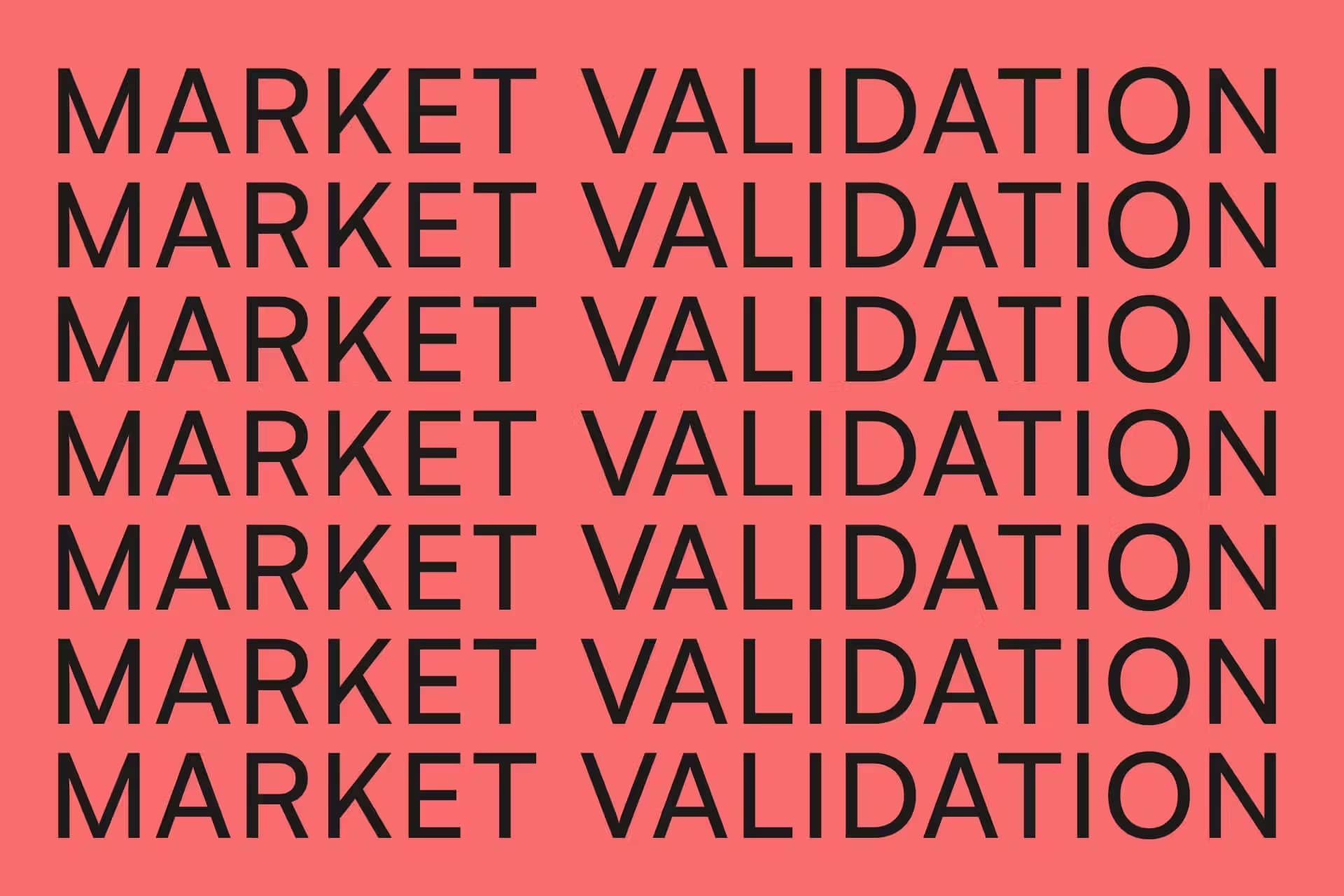You’ve had an amazing product idea for a startup. You’re certain your idea is a game-changer you are ready to put your head down and start building. Wouldn’t it be nice if you could know, with confidence, that you weren’t the only one that thinks it’s a great idea? That what you’re about to build has a market that’s ready and waiting to buy your product.
After all, you don’t want to be like Quibi. It was a great idea and, as a mobile-focused streaming service, it seemed like it sat right in the middle of modern entertainment trends. The investors were certainly convinced that it would be the next Netflix, as it raised $1.8 billion.
Quibi shut down after just six months, having failed to gain much of an audience. The CEO of the company, Meg Whitman, and founder, Jeffrey Katzenberg, then admitted “the idea behind Quibi wasn’t strong enough to justify a stand-alone streaming service.”
Quibi is by no means the only startup to launch with a product that the founders were later shocked to find had no audience. 35 percent of startups that fail do so because they launch products that, as it turns out, have no market need.
This is an avoidable risk. Before you finalize how your product is going to look, function, and behave, you’re going to first want to find your target customers and make sure that the idea resonates with them. Their feedback will give you the all-important confidence that you’re on the right path and that the product is going to meet their needs (and therefore be a thing that they’re going to want to buy!).
The good news is that testing your business idea need not be expensive nor a stressful, time-consuming project.
What Is Market Validation?
Market validation is the process that you undertake to be reasonably sure that people will buy your product or service.
Checking that your idea is feasible early on in the entrepreneurship process will save you from putting effort into something that doesn't work. Obtaining market validation also increases the likelihood that investors will want to back your startup.
After you validate your business idea, you'll have a better understanding of how your product can meet your target customers' needs. The insights you gain will help you create an offering that not only addresses their pain points but also earns you paying customers.
How To Test Your Business Ideas With Low-To-No Budget
You could spend tens of thousands of dollars on detailed market surveys or focus groups, but assuming you’re not a multinational conglomerate you’ll probably be wanting to validate your market in a more cost-effective way. Luckily, there are some very effective ways to do this. Here are 5 ways you can do market validation for less than $1000.
1) Using customer interviews for market validation
First, identify your ideal customer. You want to find the person within an organization that will not only use the tool you’re promising, but who also has authority to purchase tools for their function. That way, they’ll not only give you feedback on whether your product is useful, they also be able to say whether it’s likely something that they would buy and roll out more broadly.
Next, find where these users like to hangout. Often, that will be LinkedIn. But you can also attend Meetups, where like-minded users gather. For example, if I was looking to build Product Roadmapping software, I’d linger around a Product Managers Meetup, looking for potential volunteers for customer interviews. We’ve covered more ways to find your target customers (aka early adopters) in this article.
Once you’ve found your target customer, you’ll want to conduct an interview in a way that reduces bias and answers two questions:
- Is this a real problem?
- Is there real demand for my solution?
Here are some questions you can ask:
- Is this a problem you regularly encounter yourself?
- How much of a problem is it?
- How do you work around the problem at the moment?
- Would you pay to solve the problem?
These questions should be enough to get you started and there are plenty of great articles on the web on how to conduct these interviews.
Make sure to pay particular attention during the third question. Make note of whether they use other products to solve their problem. And if those products solve the entire problem, or whether they have to bundle products together to get a solution. Often people will create elaborate workarounds with Google sheets, Zapier integrations and other third-party tools. And often these workarounds aren’t very robust and only do half the job the person needs them to do.
Finally, verify that there is interest in paying for the solution. Some products are not viable because, despite addressing a problem, the customer doesn’t value the solution enough to pay for it (or is unable to). You might come to realize that your ideal target market doesn’t have much money to spend. Or, you might find that the B2B customers that you’re trying to sell to might be under contract with the incumbents.
2) Research the search volumes for your keyword
SEO can be a remarkable tool for understanding the actual demand for a product. By utilizing a tool like Moz or Google Adwords (both have free versions), you can input the search terms that you expect would lead people to your product, and find out exactly what kind of volume’s involved.
For example, if you’re wanting to launch a D2C business which sells anti-hangover medication, you could find what the monthly search volumes were for “hangover cure” to see if the problem exists.
First, create a Google Adwords account and go “Tools and settings” > “Keyword Planner”. Type in your keyword, “hangover cure”.

According to Google, between 10K and 100K people search for hangover cures every month in America alone. Depending on the unit economics of your particular business, you may need more volume to launch a viable and profitable business. However, in most cases, 10K to 100K monthly searches is a large enough market to chase. You can also change the location based on where you plan to launch your product to get relevant search teams.

Now that you’ve confirmed the problem exists and that there is a general market, you can get more specific with your keywords to see what kind of solutions people are expecting. I’ve narrowed down our keyword search to the phrases “hangover cure medicine”, “hangover cure drink” and “hangover cure pills”. As you can see, there’s still a significant search volume for people wanting a hangover cure that they can drink.

Keyword research is a great indication of demand. However, this method relies on you accurately predicting what a potential customer might be searching for to solve their problem. Otherwise, the results may be lower than they actually are. For example, if we’d entered “feel better after drinking too much” as our first phrase, we’d see there are only 10 - 100 monthly searches and may decide a market for hangover cures doesn’t exist. If you want to see how I’ve used this method myself in a real life scenario, check out my post on LinkedIn.
3) Run a crowdfunding campaign.
You can run campaigns on the likes of Kickstarter and Indiegogo to showcase product ideas. You don’t need to have a working prototype or model to launch on these platforms. Consumers go and, if they like your idea as you have presented it, will “back” it; essentially pre-pay for it. In exchange they get to be part of the community jumping on board with your product right from the start, and you can offer additional, exclusive benefits to backers to encourage them to support you with even more money.
However, more important than the cash is the way these platforms have targets. With Kickstarter, for example, you have to meet your target amount of “investment” from backers within a certain length of time, otherwise no one gets charged money and you don’t get a cent. This is an enormously effective way of determining whether you can build a critical mass behind your idea, or you need to rejig the idea to reach a broader audience.
4) Be a reseller first
Another strategy that can be effective—especially for consumer products—is to resell existing products to see how the market responds to them first-hand. While he was working on setting up his own online shoe-selling business, Nick Swinmurn of Zappos.com went to local shoe retailers and would take pictures of shoes to then post online. When he got a sale, he would then go and physically purchase the shoes from the retailer to send them on.
This allowed him to test his idea that there was demand for an online shoe store. Zappos.com came in the early dotcom boom when there was a lot of uncertainty about what would sell online. Before investing in his own inventory, warehousing and launching the business in full, Swinmurn found a low-risk, no-cost way of gaining direct experience and directly testing the market.
5) Set up a ghost store or smoke test
This technique works particularly for direct to consumer (D2C) companies but can be adapted for B2B as well. First, create a landing page and checkout flow for your potential product. If you're selling a physical product, the ecommerce-specific platform, Shopify, will be the best website builder to do this. If you’re selling software, you may want to use a more general website builder like Webflow or Wordpress.
Next, you'll need images of your product. If you're not a designer, or don’t have a product to photograph, you can get product images designed through a platform like Upwork. There you’ll find a range of UX and 3D designers who can quickly mock up a prototype of your software product or physical good.
Next, set up some Google or Facebook ads and start sending people to your store. Make sure you target high intent keywords. For example, if you’re selling candles for men, set up ad campaigns for “candles for men”, “where to buy candles for men” instead of “male scent diffusers”. This way, you’re more likely to reach buyers as opposed to window shoppers. If people purchase the dummy product, send them an email saying "sorry, we've sold out". Refund their money and offer them a discount when your stock has been replenished.
Run this test with 100-1000 people and then work out if there is enough demand for your product to sustain a business. If it cost you $300 to acquire your customers, but you only made $10 in sales, then there might not be a market for your product. If you spent $300 on ads and made $1000 in sales, then there is a demand for your product and your market is validated! If it’s somewhere in between, you’re going to have to use your discretion and other data points to validate whether there is market demand.
Validate Your Startup Idea Before Building Anything
Once you’ve launched into product development, there’s no turning back. You’re then committed. Making changes becomes more expensive, and your first wave of customers will have their expectations set. Investors, too, will be looking closely at how the product pans out.
You can make changes to a product once you’ve pulled the trigger on its development, and indeed an agile, iterative approach to development is modern best practice. However, to completely pivot after you discover your initial idea has fallen flat can easily become more expensive than starting anew. Startups simply don’t have the time and resources available to waste on false starts this way.
Market validation can’t give you the perfect guarantee that your business idea will be successful. Even if all the indicators are that there’s a viable market for your business, there are any number of reasons that it won’t translate into success.
However, by undertaking a robust market validation process, you do maximize the chance of success. Many of the most successful businesses had a hypothesis, only to find through market validation that they were looking at the idea from the wrong angle. If they had launched with the initial idea, their business would have struggled. Thanks to market validation they were able to identify where they needed to pivot, and quickly do so before the product had even been built. They would then go on to enjoy an enormously healthy launch for the business.












